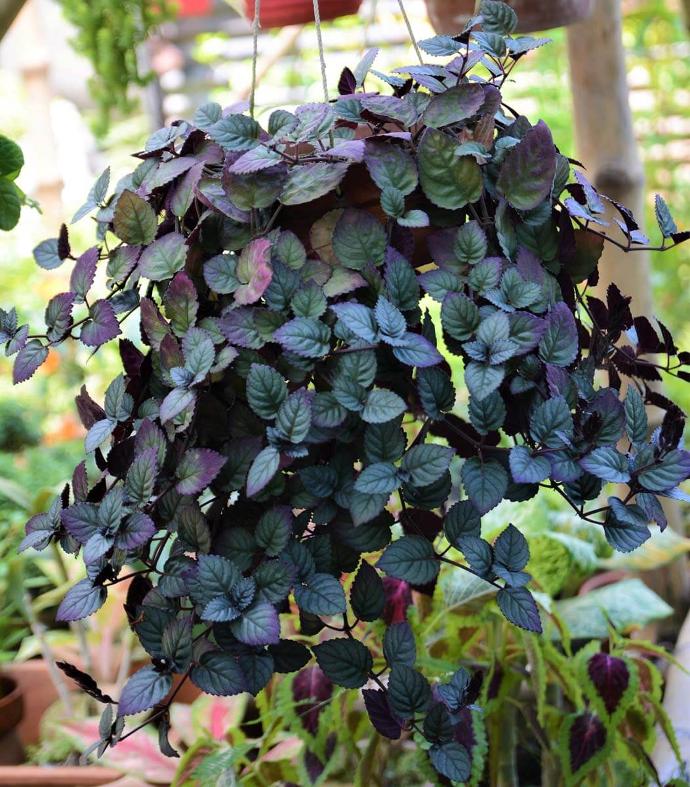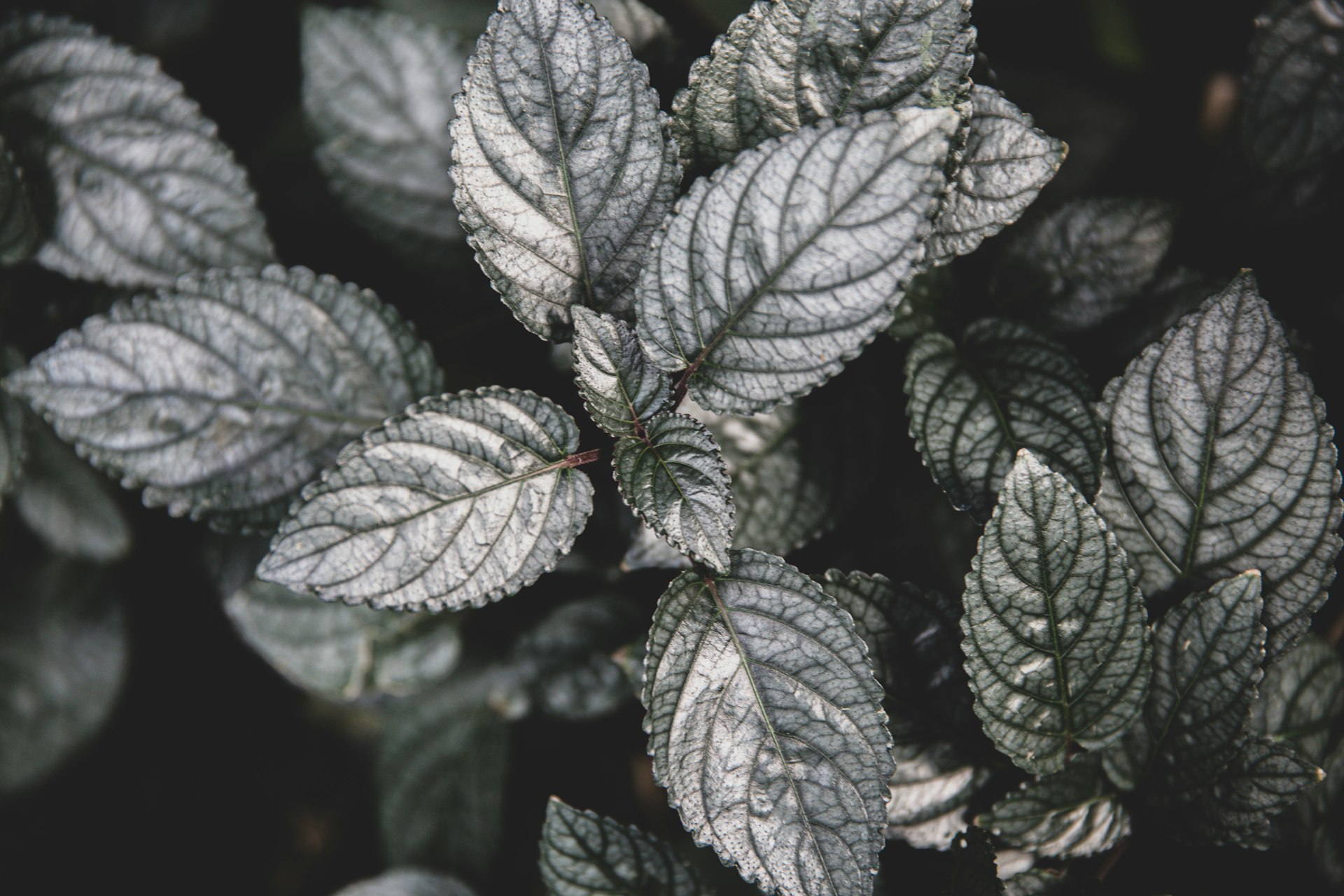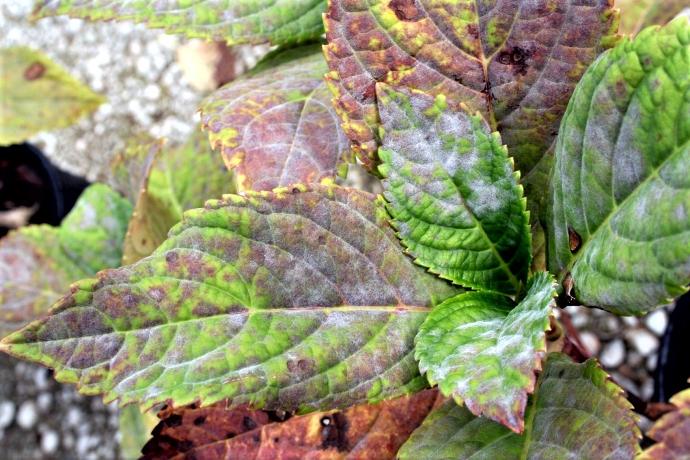Hemigraphis Alternata Hanging Plant
HEMIGRAPHIS ALTERNATA HANGING, also known as Waffle Plant, is an indoor trailing plant. Plant in well-draining soil and provide bright, indirect light. Allow the soil to partially dry between waterings. Pruning helps control its growth and maintain a tidy appearance.

Habit
Perennial
Height
0.3-0.5 m
Growth
Moderate
Soil
Well-drained, loamy soil
Shade
Indirect light to shade
Moisture
Moist
Edible
No
Medicinal
No
Origin
Southeast Asia
Climatic Condition
Tropical
Temperature (°)
20-30°C
Humidity (%)
60-80%
Potting media
Well-draining mix
Fertilizers
Balanced fertilizer
Watering
Needs high humidity, water regularly
Plant Weight
0.2-0.5 kg
Flowering Time
Year-round
Soil Ph level
5.5 - 6.5
Water Ph level
6.0 - 6.5
Soil EC
1.1 dS/m
Yield Per Plant
30-50 flowers
NPK ratio
10:10:10
life Span
Perennial
Health Benefits
Known for its striking purple foliage.
Suggested Grow Media or Potting Mix ?
50% peat, 25% perlite, 25% compost
Suggested Fertigation/Fertilizers
Fertilize every 2-3 weeks with a balanced fertilizer.
Common Diseases and Remedies
Leaf Spot , Powdery Mildew , Bacterial Leaf Spot
Water soaked spots on the leaves , Crinkled leaves .
Remove affected leaves , Proper sanitation .
HEALTH BENEFITS
· Known for its wound-healing properties.
· Used in traditional medicine for anti-inflammatory and antibacterial effects.
What Is A Hemigraphis Alternata Hanging Plant?
Hemigraphis alternata, also known as red pancake plant, is a plant species belonging to the Acanthaceae family. It is native to Asia and is often grown as a houseplant or garden because of its attractive leaves. The leaves are generally green with purple undersides and have a wrinkled or wavy texture that gives the plant a unique appearance. It is valuable because it requires low maintenance and can thrive in good lighting.

What are the different types of Hemigraphis alternata plant?
1. Hemigraphis alternata 'Exotica':-
This variety has dark green leaves with underparts and purple veins. This species appears to have a larger growth habit than insects. a
2. Hemigraphis alternata "Red Flame":-
As the name suggests, the leaves of this variety, especially their lower parts, are red or burgundy in color. It adds a bold color to interiors.
3. Hemigraphis alternata 'Compacta':-
This variety is known for growing small, being more compact, making it suitable for small containers or terrariums. It also retains the species' characteristic purple and green leaves.
4. Hemigraphis alternata 'Tricolor':-
A mixture of green, purple and red, this leaf variety creates a beautiful and attractive appearance. Adds a pop of color to any home garden.

How to care for Hemigraphis alternata plant?
1.Location:
Hemigraphis alternata (or purple waffle plant) does well indoors with special conditions. It is generally grown as an indoor plant due to its hot and cold climate. Perfect for adding color and texture to interiors such as your living room, office or bedroom.
2.Sun light:
Hemigraphis alternata (or purple pancake plant) benefits from full, indirect sunlight. This means placing it in a location that gets plenty of natural light, but not direct sunlight, which could burn the leaves. You can get direct sunlight by placing the plant near a curtained window or a few feet away from a sunny window. This provides the plant with the light it needs for photosynthesis, while also protecting it from direct sunlight that could burn the leaves. Overall, providing good sunlight will help your waffle sheets stay healthy and colorful.
3.Soil:
Hemigraphis alternata (or purple pancake plant) thrives in a well-drained potting mix that retains moisture without becoming waterlogged. The soil mixture prepared for tropical plants or African violets is ideal for this species. These mixes often contain a mixture of peat moss, perlite, vermiculite and/or pine bark to provide good aeration and drainage while retaining moisture. Soil needs to be rich in organic matter to support healthy plant root growth and development.
4.Hydration:
Keep the soil constantly moist but not wet. Water the plants when the top soil feels dry to the touch. Do not allow the soil to dry completely as this can affect the plant and cause it to wilt. Water the room thoroughly with cold water, draining the pot of excess water. Drain any water stored in the plate at the bottom of the pot to prevent more water from forming.

5.Nourishment:
Feed the plant every 2-4 weeks during the growing season (spring and summer) with a balanced liquid fertilizer diluted to half its volume. Choose a fertilizer specifically designed for houseplants or leafy plants to provide essential nutrients for optimum growth. Blood Waffle Plant needs nutrients, so do not over-fertilize as this may cause fertilizer burn or nutrient deficiency. Follow fertilizer recommendations and spray according to plant response.
6.Issues:
Browning or yellowing of leaves
Leaf drop
Pests
Fungal diseases
Nutrient deficiencies
Root rot
What are the benefits of the Hemigraphis alternata plant
Air filtration
Beauty
Low Maintenance
Adaptability
Natural humidifier
Biophilic connection
 FAQ's About Growing Hemigraphis Alternata Hanging
FAQ's About Growing Hemigraphis Alternata Hanging
1. How do I take care of facial changes, including watering and fertilising?
Place the plant in a location with bright, indirect light. It can tolerate low light, but its colour will not be realistic. Keep soil moist but not waterlogged. Water when the top soil is dry to the touch and provide proper drainage to prevent root rot. Feed plants with equal liquid fertilizer diluted to half volume every 2-4 weeks during the growing season (spring and summer). Reduce the frequency of fertilization in autumn and winter. Purple waffle plants prefer an environment with high humidity. Periodically mist with water or use a bowl to keep the soil around the plants moist.
2. Are there any pests or diseases that affect half-painted insects, what should I do with them?
Aphids
Spider mites
Mealybug
Powdery mildew
Leaf spot
3. How to preserve the bright color of the leaves of other leaves?
Provide adequate light
Monitor watering
Control Humidity
Avoid stress
Proper Fertilisation
Prune regularly
4. Are there any special pruning or care techniques I can use for Hemiarcha?
Remove leggy plants
Remove yellow or dead leaves
Pinch or prune stem ends
5. Are there companion plants to complement Verticillium alternifolia in indoor arrangements?
1. Fittonia (Nerve Plant)
2. Pepper grass
3. Pothos
4. Begonias
